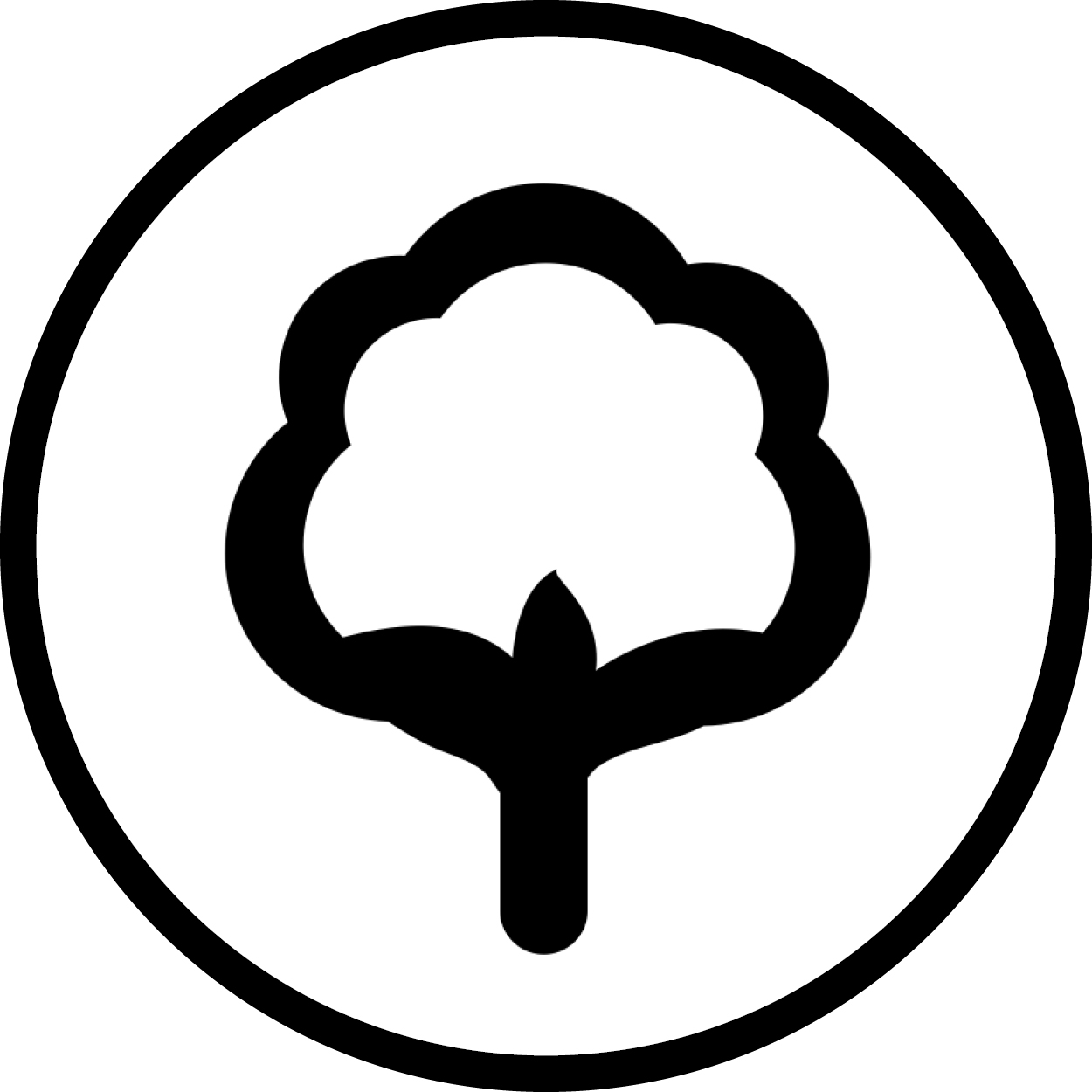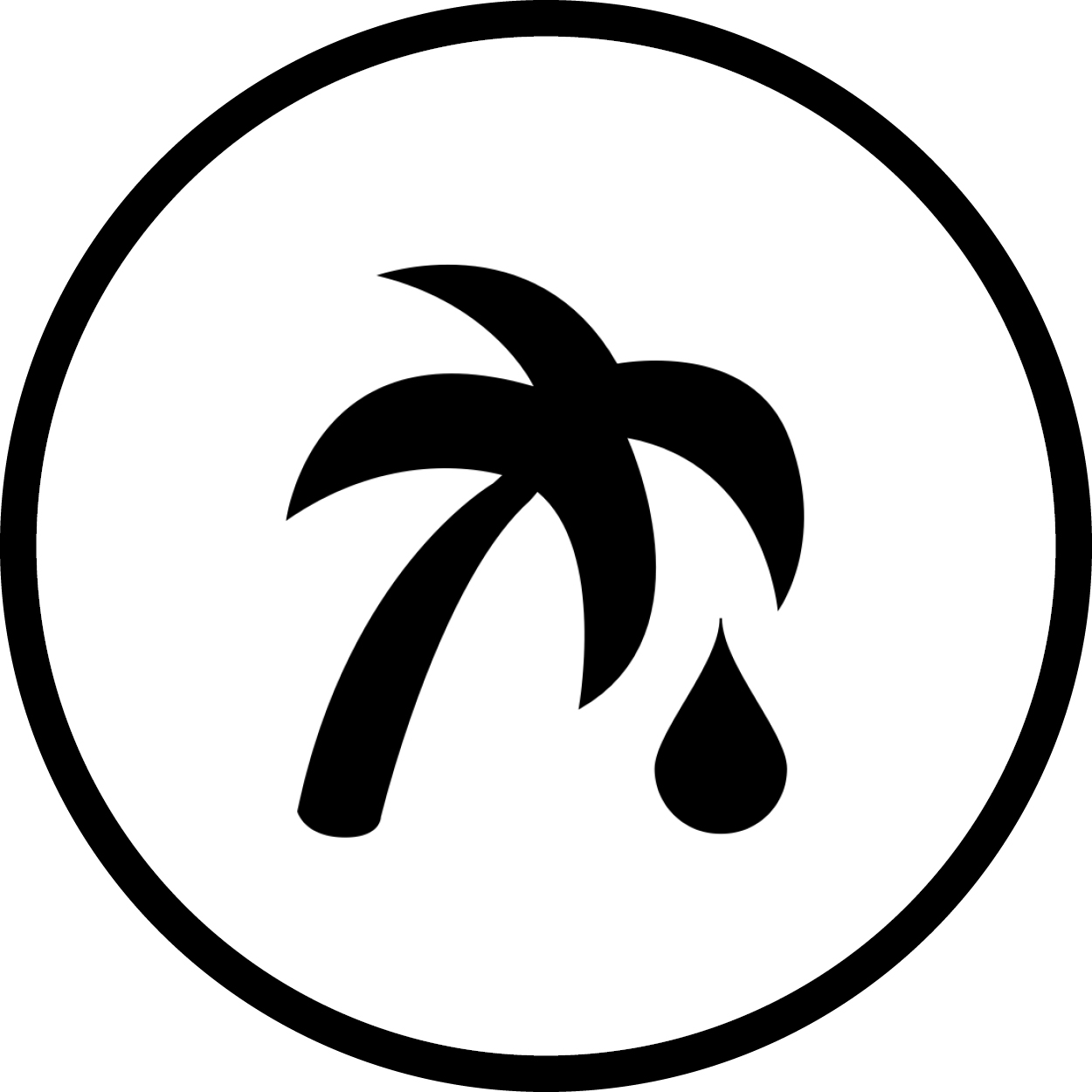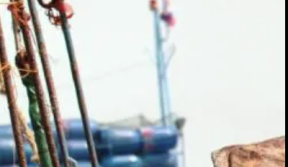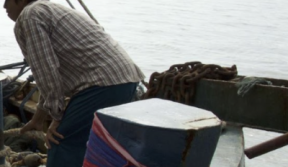Slavery continues to be a lucrative business.
At the end of the 18th century, three quarters of the world’s population was bound in legally-recognized systems of slavery and serfdom. Slavery had been an institution throughout human history, existing before either money or written law. Campaigns for the abolition of slavery throughout the 17th and 18th centuries brought about unprecedented change in global economic and government structures, paving the way for freedom from slavery to be enshrined as a fundamental human right. Yet today, at least 21 million people are still victims of forced labor -- defined as “any work or service extracted from a person against his or her free will, and under the menace of penalty.” Laws that forbid slavery have pushed the practice underground, making these victims difficult to identify and assist.
The United Nations includes abolishment of slavery, free choice of employment, and just remuneration for labor in the Universal Declaration of human rights. The International Labor Organization (ILO) includes the elimination of all forms of forced labor as one of four fundamental principles and rights at work, and two ILO Conventions (No. 29 and 105) prohibit forced labor. Some state actors continue to exploit forced labor despite international law, but more than 90 percent of contemporary forced labor exists in the private sector.
The majority of this work, 75 percent, takes place in industries such as agriculture, domestic work, construction, fishing and manufacturing. The remaining quarter are forced into the sex trade. Victims are often subject to violence and actual physical restraint by the perpetrators of this crime, but also to more subtle means of control including deception, threats against victims or their families, excessive debt and wage theft.
The consequences are enormous. The ILO estimates the total loss of compensation to victims of forced labor at $21 billion annually, a lucrative financial incentive for those who perpetrate this crime. Victims tend to be from vulnerable poor and migrant populations, and this financial loss only cements a generational cycle of poverty that often passes from parents to children. In addition, victims of forced labor are often left with emotional and physical scars that make reintegration into society difficult.





